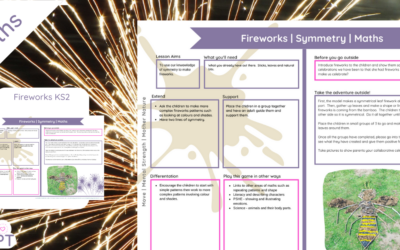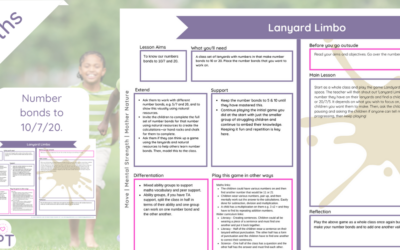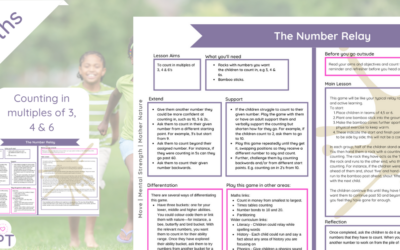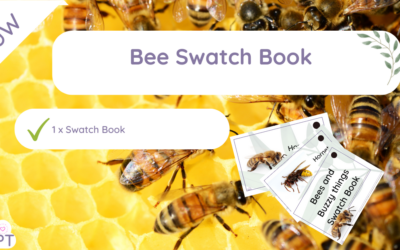What is included in this lesson plan? 1 x Fireworks KS1 -🌳 Muddle Puddle lesson plan, including opportunities to...
Fireworks KS2 Symmetry
Oct 24, 2023
What is included in this lesson plan? 1 x Fireworks KS2 Symmetry lesson plan, including opportunities to extend,...
Guy Fawkes Early Years – Significant Characters
Oct 24, 2023
What is included in this lesson plan? 1 x Guy Fawkes early years lesson plan, including opportunities to extend,...
Guy Fawkes KS1 & Significant People
Oct 24, 2023
What is included in this lesson plan? 1 x Guy Fawkes KS1 & Significant People lesson plan, including...
Guy Fawkes KS2 Timelines
Oct 24, 2023
What is included in this lesson plan? 1 x Guy Fawkes KS2 timelines lesson plan, including opportunities to extend,...
Arrays Year 1 – Hooray for arrays!
Oct 23, 2023
Teaching Arrays Outdoors in Year 1 Teaching arrays to Year 1 students can be a dynamic and engaging experience,...
Addition & subtraction problems – Calculations challenge
Oct 23, 2023
What does this outdoor resource include? Addition & subtraction problems - take it outdoors! How do you take this...
2-digit number (addition and subtraction)
Oct 23, 2023
What does this outdoor resource include? 2-digit number addition - take it outdoors! How do you take this outside? ...
Niggly Number Lines up to 100
Oct 23, 2023
Using Number Lines Outdoors: Engaging Children in Active Math Learning Integrating outdoor learning into the...
Number bonds to 10 – Lanyard Limbo
Oct 23, 2023
What does this outdoor resource include? Number bonds to 10/7 & 20 - take it outdoors! How do you take this...
Ordering numbers up to 1000 – Leave it to the lanyards
Oct 23, 2023
What does this resource include? Ordering numbers to 1000 lesson plan - take it outdoors! Use our ordering numbers to...
Ordering numbers up to 100 – Leave it to the lanyards
Oct 23, 2023
What does this resource include? Ordering numbers maths lesson plan - take it outdoors! Use our ordering numbers to...
Ordering numbers up to 50 – Leave it to the lanyards
Oct 23, 2023
What does this resource include? Ordering numbers maths lesson plan - take it outdoors! Use this estimating game for...
Estimating with numbers up to 100 : Earthly Estimating
Oct 23, 2023
What does this resource include? 1 x maths estimating outdoor game with numbers up to 100 How can I use this...
Count in multiples of 7, 8 & 9s : Number Relay
Oct 23, 2023
What does this resource include? 1 x counting multiples outdoors of 7,8 and 9's. How can I use this resource? Use...
Count in multiples of 3, 4 & 6’s : Number Relay
Oct 23, 2023
What does this resource include? 1 x outdoor counting games maths lesson plan - in multiples of 3,4 and 6. How can I...
Count in multiples of 10, 5 & 2 : Number Relay
Oct 23, 2023
What does this resource include? 1 x Count in multiples of 10 5 2 How can I use this resource? Use this outdoor...
Bee Swatch Book
Jun 20, 2023
What does the Bee Swatch Book include? Instruction into how to use your muddy frame 1 x Outdoor Art Frame How can I...
New In

Christmas Nature Art Activities KS2
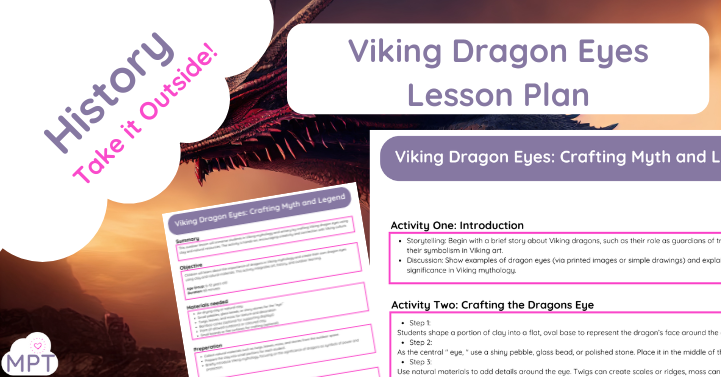
Viking Dragon Eyes Lesson Plan

Vikings Lesson Ideas Pack

Outdoor Ideas for Young Minds (Mindful)

Rounding to Check Answers Year 5

Rounding Up Year 5

5 Outdoor Sensory Circuits Ideas

5 Outdoor Sensory Gym Ideas

Ancient Greece Outdoor Lesson Plan Ideas KS2




